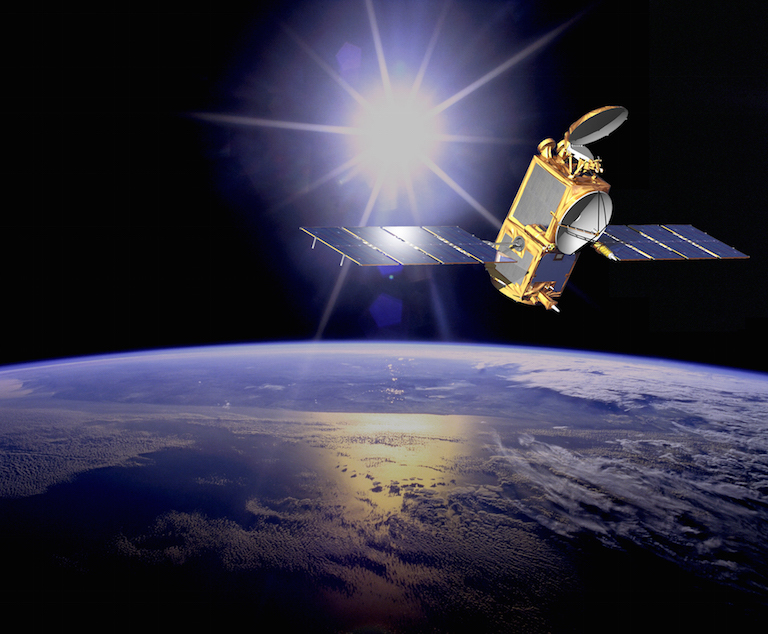Target: 10 Questions in 10 minutes |
|||||||||||||||||
Q1. Keppler's laws describe the motion of planets. Which statement is NOT one of Keppler's three laws?
|
|||||||||||||||||
Q2-3. The diagram shows 2 asteroids. Both asteroids are attracted to each other by the force of gravity. Asteroid X is much larger and more massive than asteroid Y.
|
|||||||||||||||||
2. Which one of the following best describes the relative sizes of the forces of gravity FX and FY acting on the asteroids?
|
|||||||||||||||||
3. If the mass of both asteroids is doubled, how does this affect FY?
|
|||||||||||||||||
4. The gravitational field strength, 'g' at a point is defined as ..
| |||||||||||||||||
5-7. A small satellite of mass m is in orbit around a large planet of mass M at a distance of r from the centre of the planet. The gravitational constant is 'G'. The orbit can be assumed to be circular. |
 |
||||||||||||||||
5. The value of the gravitational field strength 'g' acting on the satellite is calculated. What is these statements is true?
|
|||||||||||||||||
6. The gravitational field strength provides a centripetal acceleration keeping the satellite in orbit. Which of these formulas can be used to calculate the value of the orbital velocity v?
|
|||||||||||||||||
7. The satellite moves closer to the planet to take images of the surface. How will this affect g and v, the velocity of the satellite in orbit?
| |||||||||||||||||
8. The gravitational field strength on the surface of Mars of radius Rm is gm. What will be the gravitational field strength at a height of 2Rm above the surface?
| |||||||||||||||||
9. The diagram shows gravitational field lines around the Earth. |
MikeRun, CC BY-SA 4.0 |
||||||||||||||||
These lines show..
| |||||||||||||||||
10. The diagram shows a planet and a moon of similar density. At approximately which point will the gravitational field strength between the planet and moon be zero?
| |||||||||||||||||